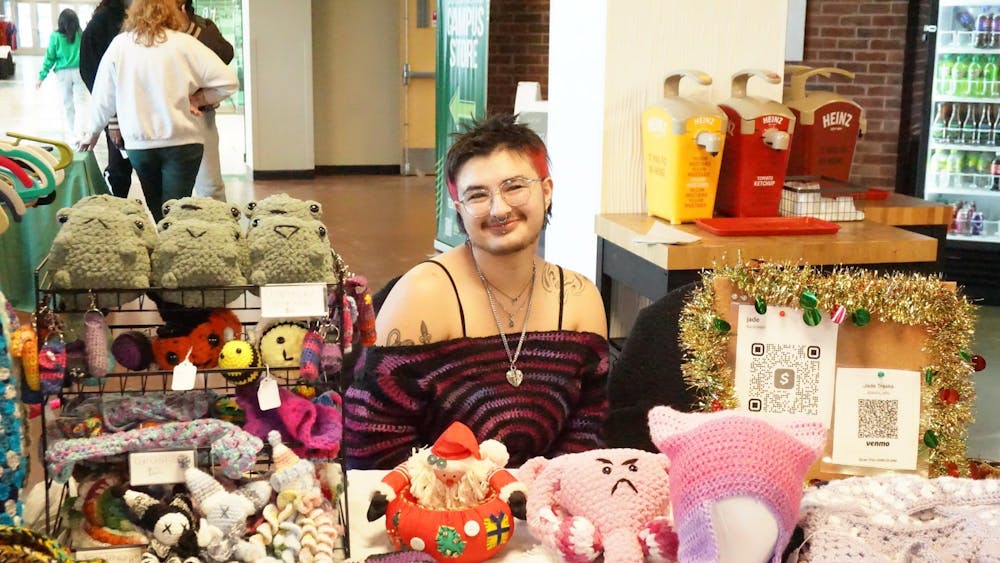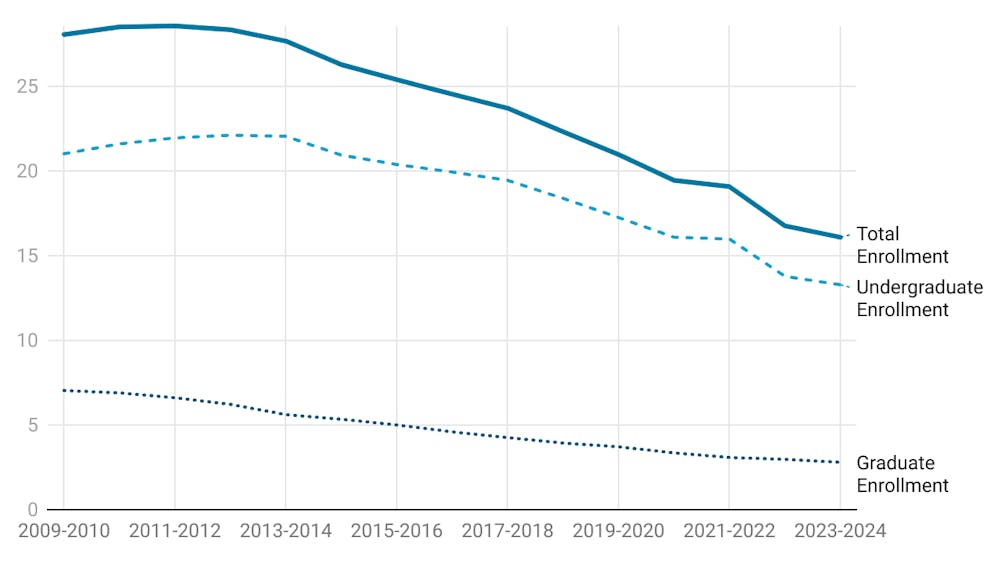According to the Bureau of Justice Statistics, jails in the United States hold more people than any other country in the world. This fact is part of what led Lora Lempert to write her book “Women Doing Life.” Lempert is a qualitative researcher, feminist researcher and grounded theorist who focused on the lives of women serving life sentences. She presented her findings as part of the Women and Gender Studies Lecture Series.
72 of the 176 women serving life without parole in Michigan agreed to participate in Lempert’s research. Over the course of six months she collected data via focus groups, life course interviews and solicited diaries. She used several different method advantages to offset the disadvantages of two other methods she used. This is called triangulation.
“Part of the reasons I used feature groups is the people in groups can direct the conversation and the topic,” she said. This is done in order to let the information flow naturally and to allow all attendees to be involved in the conversation. People stimulate each other with ideas and things, then you start to play them off [each other].”
Life course interviews were used as well to find out “how women construct their own lives prior to and after imprisonment [and] how were they interpreting things?”
That meant that all the woman in the study talked about life from birth to where they were then in prison, listed their four most significant factors that contributed to them ending up in prison and then four significant things that happened to them after.
Blurred lines is a concept in sociology that in most cases people who victimize, in any way, have often been victims themselves. Lambert said the boundaries between being a victim and victimizer “are very blurred.”
“Most women who kill are very normal otherwise,” she said.
She also talked about the way society treats women who kill, which in many cases is out of self-defense. Women are more likely to get life without parole for murder than men. When anyone, male or female, gets sentenced to life in prison, it was referred to in one of her slides presented as “Death by Incarceration.”
“We weren’t given death sentences, but we’re treated like we’re already dead,” Lempert quoted a prisoner named Liberty.
Once inside a cell the size of a bathroom, with a stranger, they are put under constant surveillance. Her research concluded that women develop resistance strategies. They become a prisoner by learning the social cues and how to obey commands through systems such as closed custody. They adapt to live their life without privacy.
Lempert criticized this system of little to no public exposure more abusive than rehabilitative. This is in the context of a system where one of her participants was sentenced to life without parole at age 16 and that same woman is now in her 30s.
In a 2012 Supreme Court decision, Miller v. Alabama ended the practice of mandatory life sentences for juveniles without the right to appeal. That was applied retroactively this year with the Montgomery v. Louisiana decision.
One of the three-dozen or so students who attended asked during the Q & A session how the system could be changed. Lempert asked this question to her survey prisoner participants. The prisoners suggested everything from gender training, a prison oversight board and changing sentence laws as ways to change the system.









